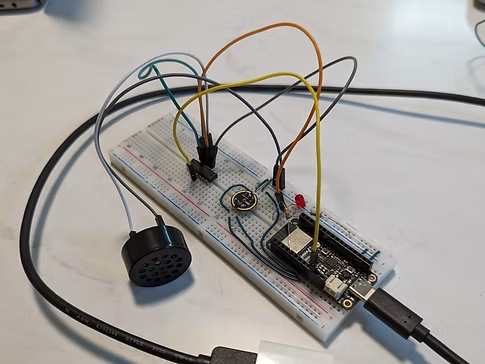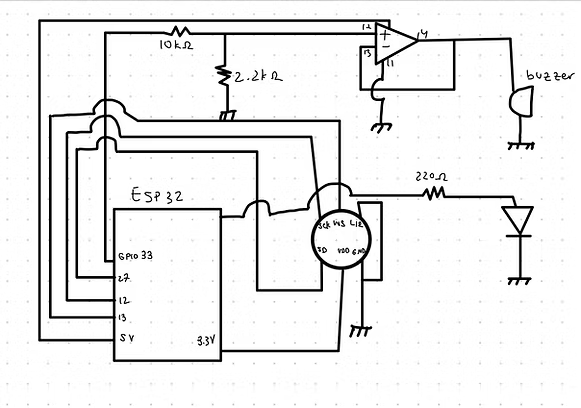The Problem
Shared living often means shared noise. Confronting a roommate about loud behavior is awkward, strains relationships, and creates long-term tension. From my own experiences and interviews with friends, noise emerged as a universal pain point. The aim wasn’t just to quiet the space—it was to preserve harmony without direct confrontation.
The core challenge: keep the home peaceful without sacrificing relationships. People either avoid the talk—letting resentment build—or have uncomfortable conversations that make things worse.
.png)



.png)